Transforming Flowers into Timeless Jewelry
As spring unfolds, it brings a vibrant array of flowers, yet their beauty is fleeting. Floral jewelry offers a way to preserve this beauty, serving as a reminder of love and life, even in moments of loss. A historical example includes Queen Meda, the sixth wife of Philip II of Macedonia, who was buried with a golden wreath of myrtle flowers—symbolizing love’s victory over mortality.
While enamelled flowers adorned 17th-century jewelry and watch cases, floral jewelry truly flourished in the 18th century. This period was marked by the whimsical rococo style of artists like Fragonard and Boucher, coinciding with the trend of silk court dresses embellished with vibrant floral designs. Jewelers began crafting giardinetti, or small garden rings, often referred to as “flowerpot rings.” Affluent clients, including the French queen Marie Antoinette, commissioned lavish diamond bouquets featuring wild roses and hawthorn blossoms. The discovery of diamond mines in South Africa during the mid-19th century enabled the creation of elaborate jeweled corsages that featured mechanisms allowing flowers to tremble, simulating a gentle summer breeze.
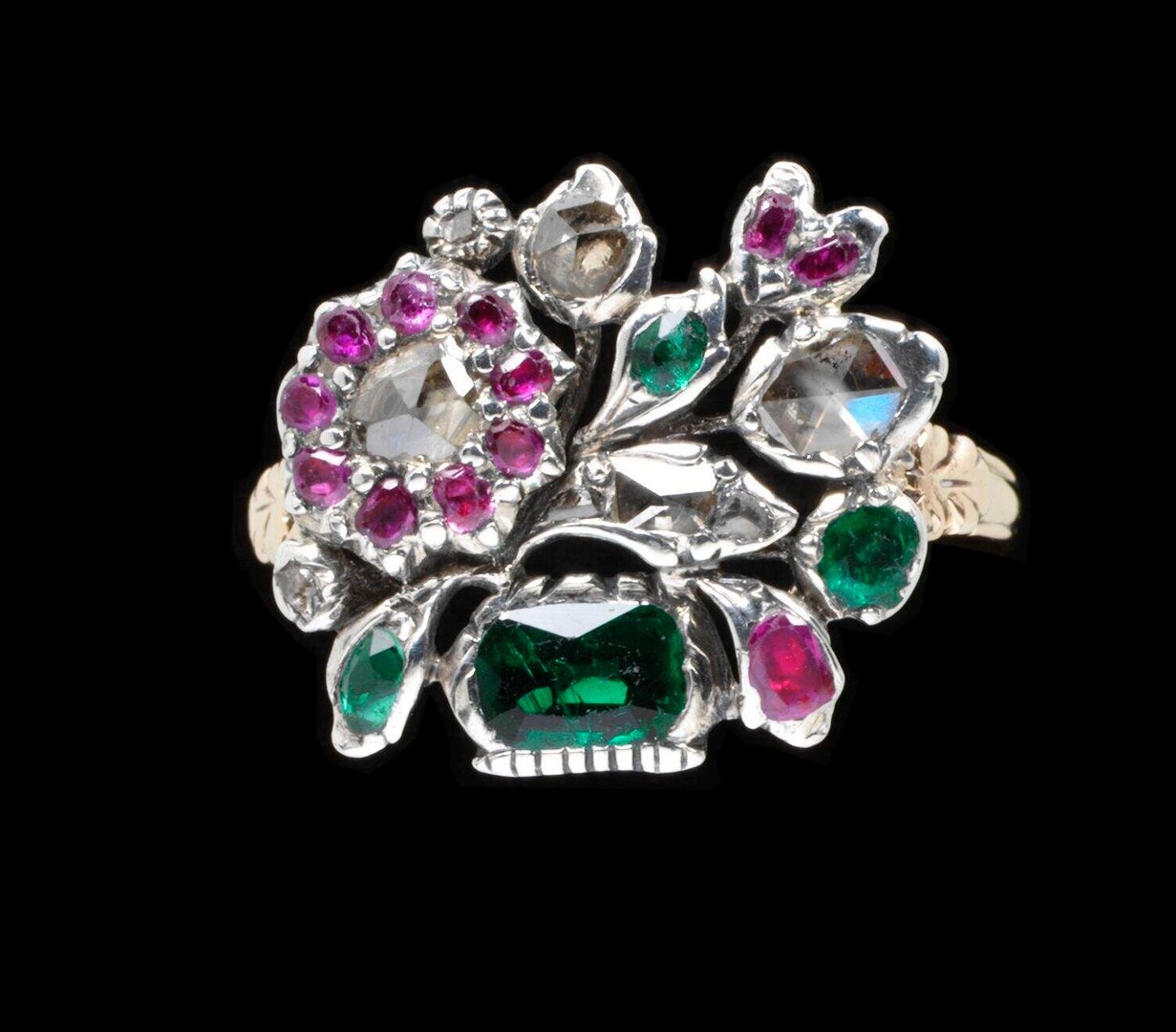
Starting in the early 19th century, flowers began to acquire specific meanings, detailed in various floral dictionaries. Daisies, for instance, have long been associated with affection—a notion familiar to countless romantics who have plucked petals in search of answers. Jewelers embraced this concept, as seen in a 1900 Maison Vever design that features a woman in flowing art nouveau hair juxtaposed against a panel that declares the progression of love from faint to passionate, ultimately culminating in loss.
An enamelled ring ingeniously reimagines the tradition of daisies, with tiny doors painted with roses (representing love) and daisies (symbolizing innocence) opening to reveal hidden messages—presumably with the hope of favorably revealing one’s romantic fate.
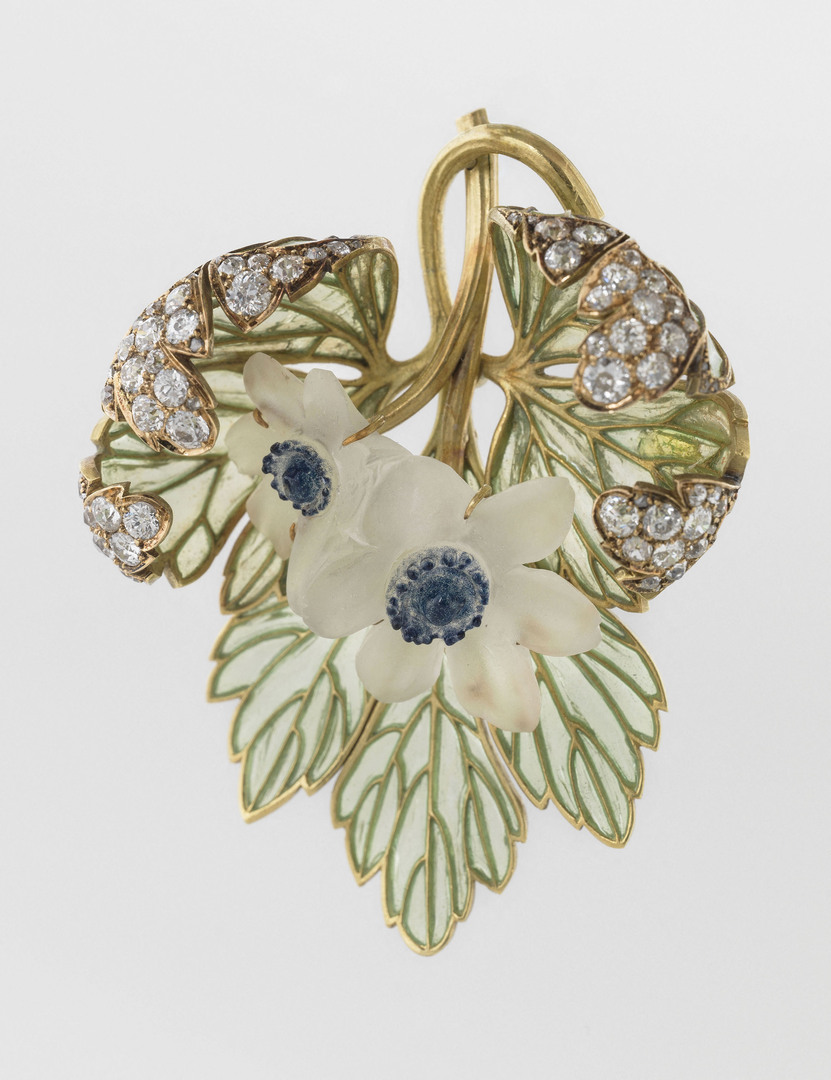
Jeweller René Lalique expressed a deep admiration for flowers, studying them closely from bud to decay. His glass, enamel, and diamond pendant featuring the wood anemone symbolizes anticipation and hope. This piece was purchased by a Dutch consul in Russia during Lalique’s 1903 exhibition in St. Petersburg, and the consul had to flee to the Netherlands during the 1917 Russian Revolution, taking the pendant with him for safety.
Lalique also cherished the lily of the valley, a symbol of good luck and spring. On May 1, he distributed traditional bouquets of these flowers along with chocolates to the workers in his factory, integrating them into his brooches, hair combs, and pendants.
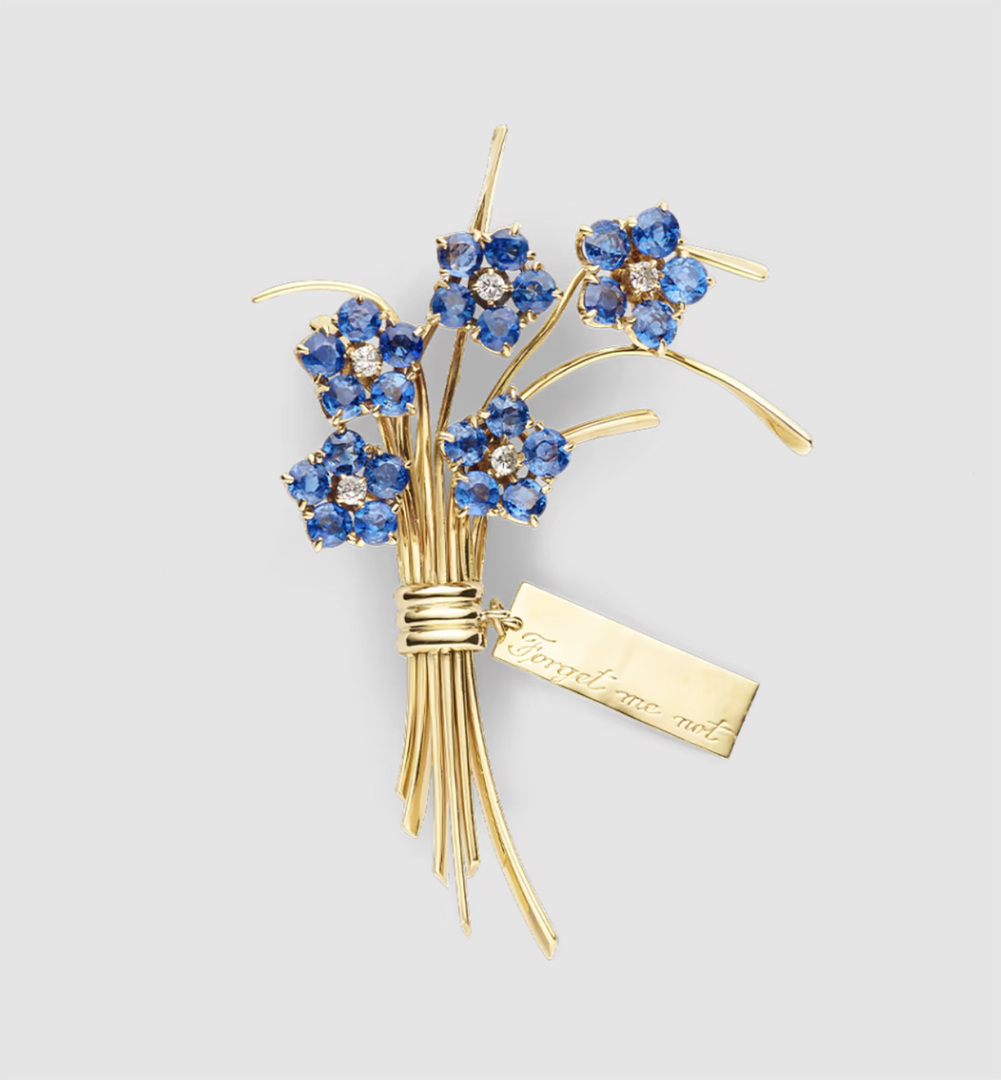
Forget-me-nots poignantly signify remembrance. A piece of jewelry embellished with these flowers conveys a powerful message to a significant other. Mid-20th century designs by Van Cleef and Arpels featured jeweled forget-me-nots often accompanied by a gold tag to emphasize their sentiment. This floral jewelry resonates across various life experiences; notably, during World War I, Private AB Petch carried a heart-shaped glass pendant engraved with the forget-me-not flower and the words “forget me not” as a token of love awaiting his return home.
Pansies, known in French as pensées, reflect “thoughts of thee,” making jeweled pansies a thoughtful gift to keep one in a lover’s mind. Their bright hues can be replicated with enamels, amethysts, and citrines, fashioned into brooches and necklaces that openly express love and friendship.
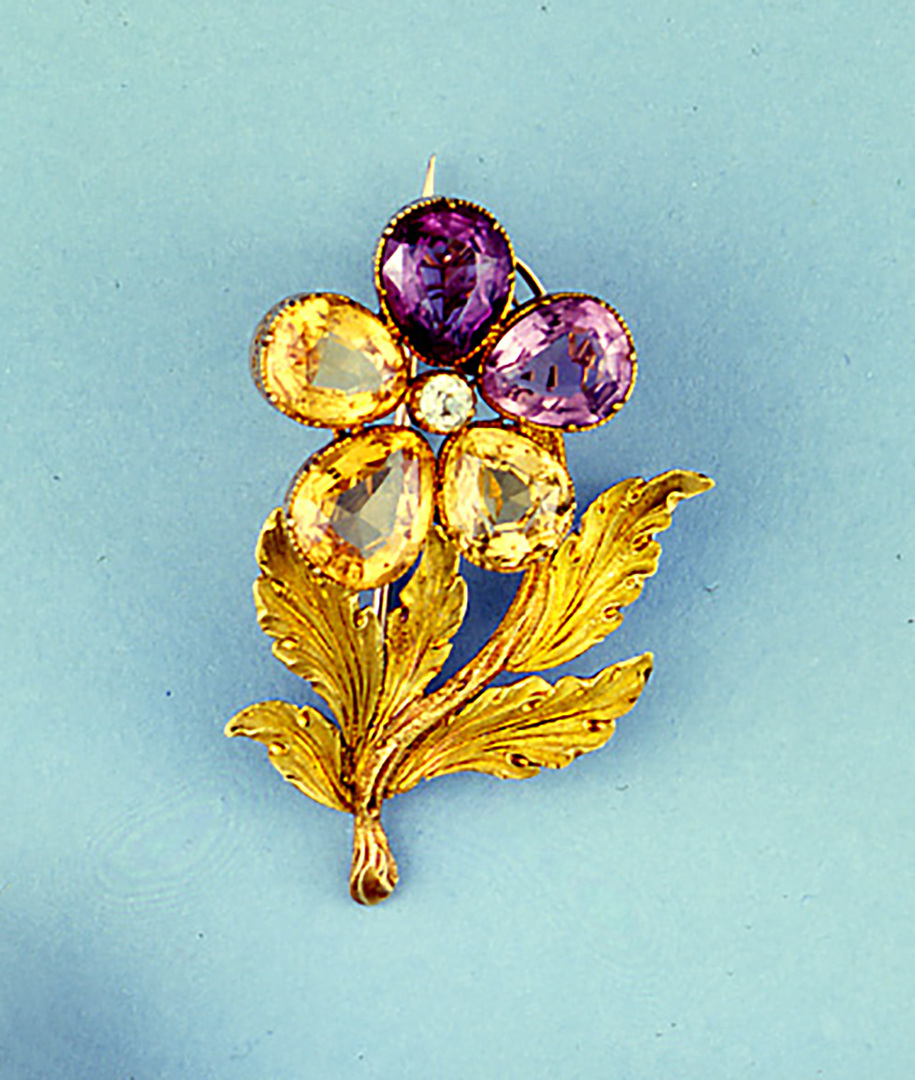
Jewelry and flowers can harmoniously coexist. Innovative jewelers have creatively combined the two, sometimes incorporating real flower boutonnieres into jewelry designs. An illustration from The Sketch on April 3, 1907, proposed that jewelers could create settings for real flowers, with 1935 reports suggesting that clip earrings could be enhanced by the addition of flowers, whether genuine or artificial.
The allure of colorful flowers continues to inspire designers, creating jewelry that brings brightness even in the gloomiest seasons.
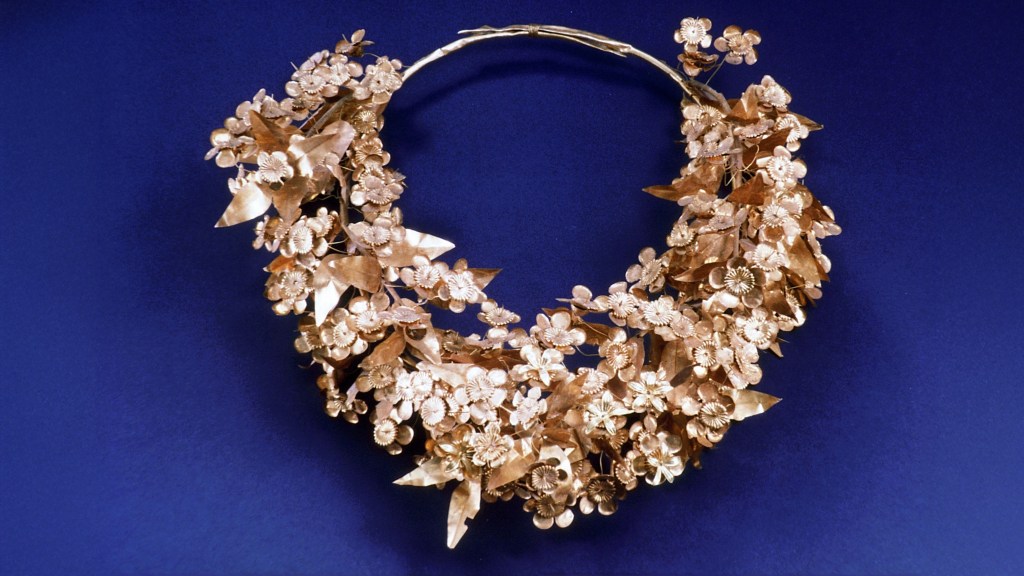

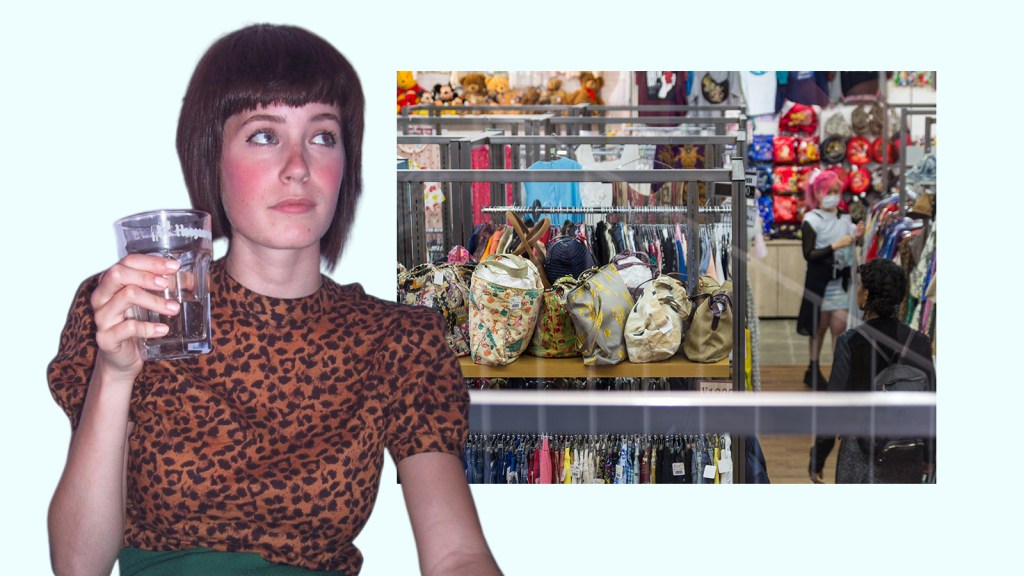
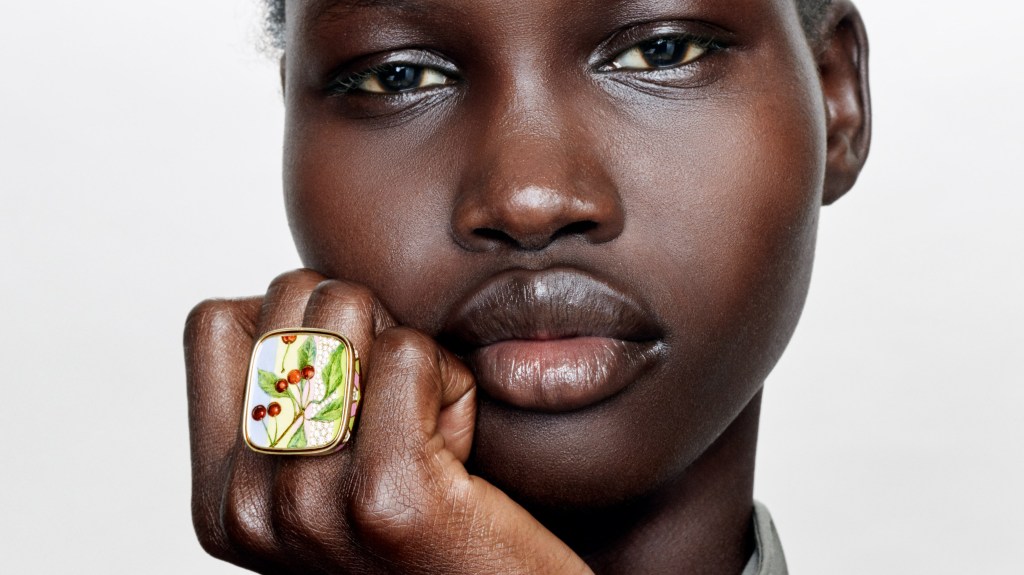
Post Comment